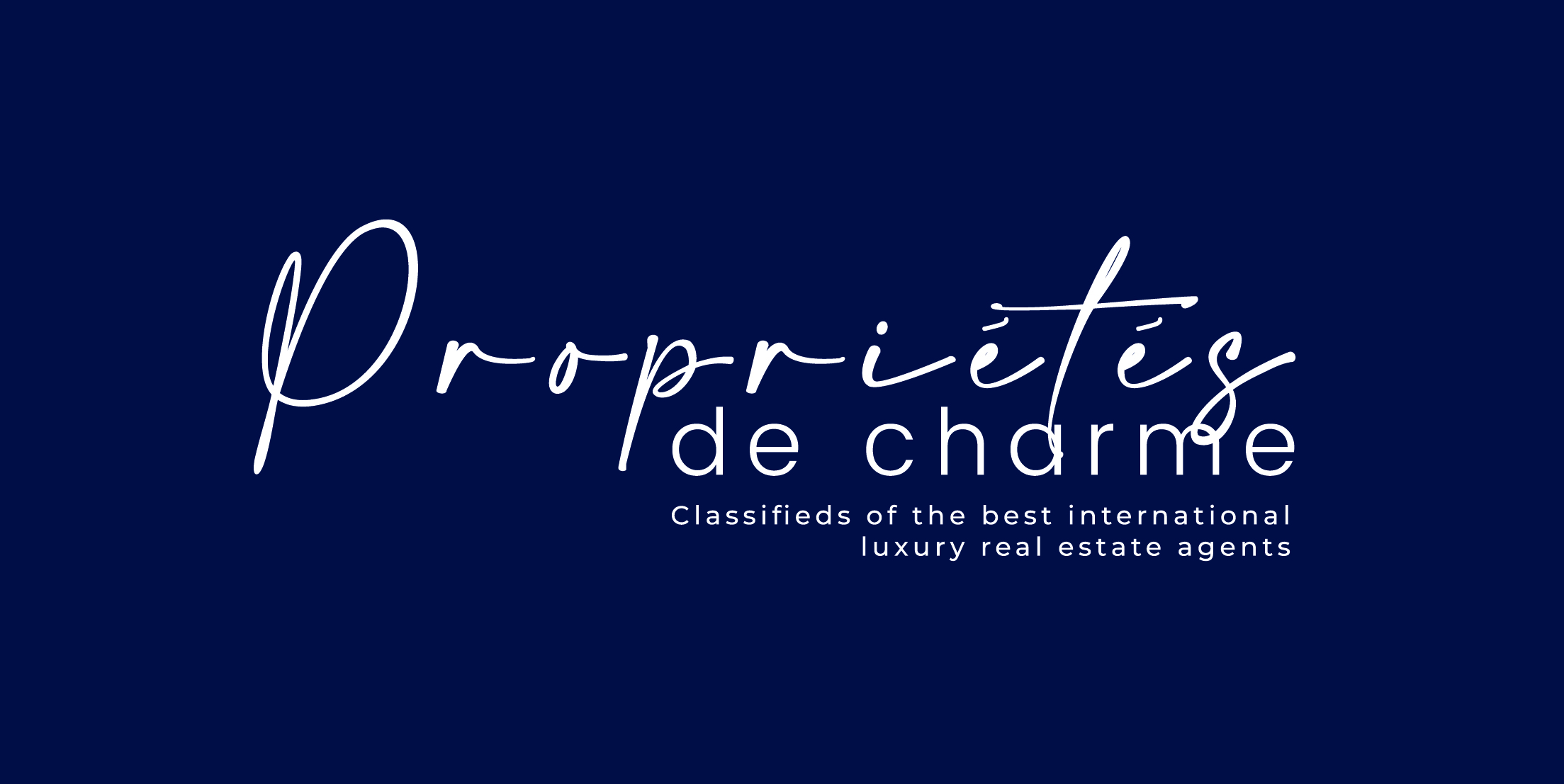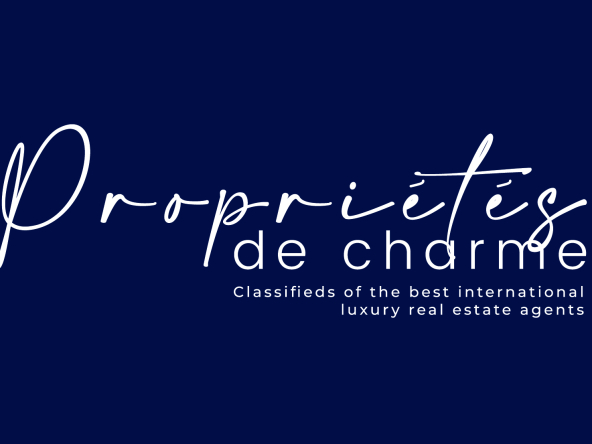⚠️ Overestimating the price of a property: a major risk for the sale
Overpricing a property is one of the most common pitfalls in a sale.
A price that's too high slows down the marketing process, discourages qualified buyers, creates distrust…
and ultimately, costs both the owner and the real estate agent dearly.
🔍 1. Why does a homeowner overestimate the value of their property?
Several factors explain this discrepancy between the actual value and the desired price:
- Emotional attachment: sentimental value clouds market perception.
- Poor knowledge of the local market: the prices heard do not always reflect reality.
- Anchoring effect: old purchase price or overvalued work.
- Hope of achieving more: the idea that “whoever tries can win”.
- External influences: neighbors, friends or unsold listings taken as a reference.
💡 Pro tip: understanding the seller's motivation helps to adapt your sales pitch and establish a climate of trust.
⚠️ 2. The risks of an overestimated market launch
- Property stagnation: fewer visits, fewer offers.
- Loss of credibility: the property appears to be “problematic”.
- Larger final price drop: overvalued properties often end up selling below the initial recommended price.
- A waste of time for the agency: longer strategy, low returns.
- Risk of breach of mandate: the owner may change agencies or try to sell alone.
📉 A property that remains online for too long becomes “invisible” to qualified buyers.
📊 3. How to convince a landlord of the right price?
3.1 Detailed comparative analysis
Base your calculations on genuinely comparable properties and on the latest completed sales, not on listings that are still online.
3.2 Explain the impact of the sales delay
A price that is too high leads to a snowball effect: loss of interest → price decrease → tougher negotiation → financial loss.
3.3 Reassuring about price flexibility
Propose an evolving strategy based on customer feedback and consultation statistics.
🛠️ 4. Adapt the strategy: possible compromises
4.1 Displayed price vs. recommended price
You can distinguish between a recommended price and a displayed price, while also being alerted to the risks.
4.2 Exclusive mandate with revision clause
This allows the strategy to be framed and for mandatory adjustments to be planned after a given period.
4.3 Regular monitoring and reporting
Numerical data is your best ally in convincing a hesitant owner.
✔️ Visitor statistics are often more convincing than a long speech.
🔍 5. If the landlord refuses outright: your options
5.1 Refusing the mandate
Preserving your image is essential. An impossible mandate is often counterproductive.
5.2 Take the mandate but formalize
Document in writing that you have warned of the risks associated with overestimation.
5.3 Focus on pedagogy
A calm, reasoned, and data-driven meeting can resolve many situations.
🔍 6. How to avoid these situations?
- Explain your estimation method in detail.
- Submit a complete and documented estimate.
- Create a transparent atmosphere from the very first contact.
🔍 7. Digital tools to support your estimate
Leverage advanced analysis software, notarial databases, valuation tools and local market statistics.
🔍 8. The importance of customer relations
Trust, listening and teaching help to avoid conflicts and strengthen your credibility.
💡 9. Quick summary
| Situation | Recommended action |
|---|---|
| Overvaluation < 20% | Comparative analysis + progressive adjustment |
| Overvaluation 20–40% | Enhanced strategy + review clause |
| Overvaluation > 40% | Refusal of the mandate is possible + in-depth pedagogy |
| Rigid owner | Written formalization of his responsibility |
Dealing with a homeowner who overvalues their property requires expertise, patience, and a clear understanding of the process.
A thorough appraisal and transparent communication remain your best tools for a successful sale.


